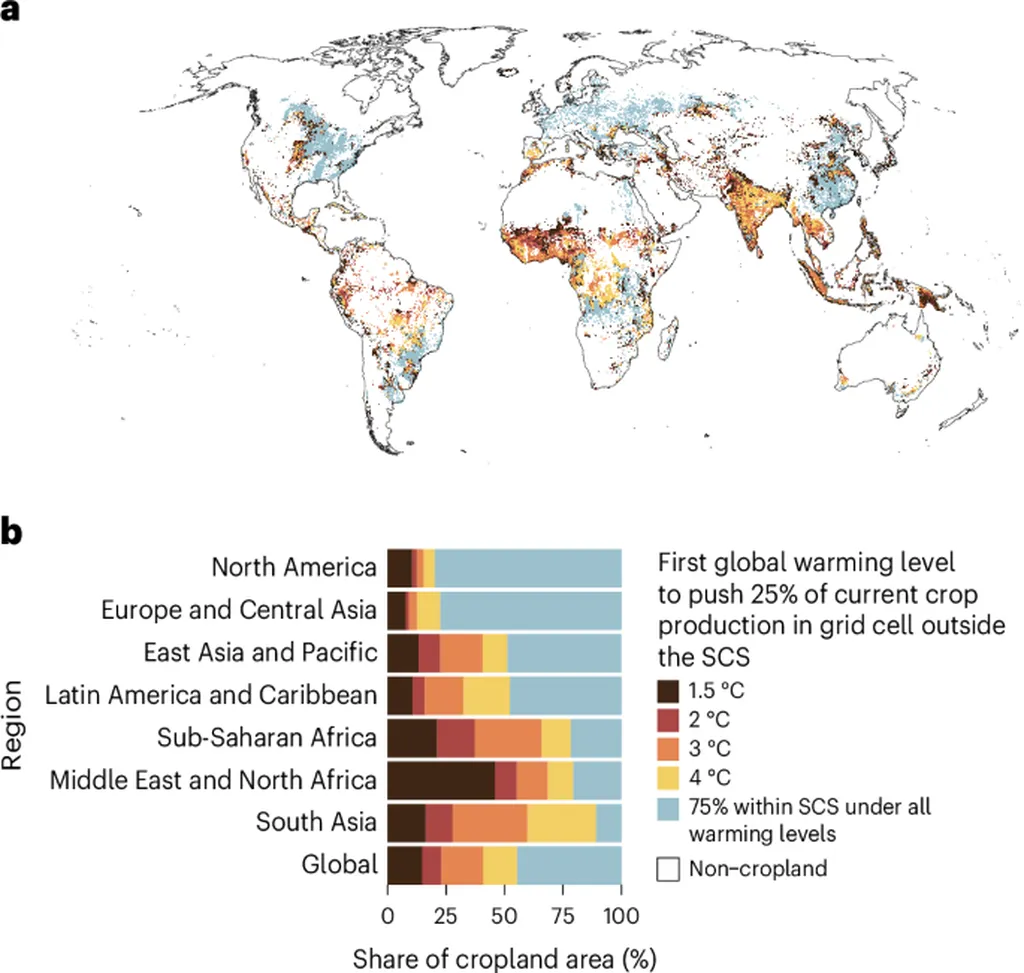In an era where data drives decision-making, a startling trend is emerging that could significantly impact the agricultural sector and other critical fields. A recent study published in *Nature Communications* reveals a substantial decline in the collection of specimen data from natural history collections, which could erode the potential of these invaluable resources to address global challenges, including those in agriculture.
Natural history collections, housing over two billion specimens, have long been a cornerstone for understanding biodiversity and evolutionary biology. However, their relevance extends far beyond these fields. With advancements in digitization, connectivity, and technologies like genotyping and digital trait extraction, these collections have become vital for environmental monitoring, agriculture, biosecurity, and public health. The data they hold can inform crop resilience, pest management, and disease control, making them indispensable for the agriculture sector.
The study, led by Owen Forbes from National Research Collections Australia, CSIRO, analyzed over 150 million records from the Global Biodiversity Information Facility (GBIF) spanning more than two centuries. The findings are concerning: there has been a significant decline in the rates of specimen data collection over recent decades. This decline varies across taxonomic groups and geographical regions, but the overall trend is clear—our ability to gather crucial data is waning.
“This decline is occurring at a time when the applications for these data have never been more important,” Forbes emphasized. “Advances in data analytics, AI, and genomics promise to unlock deeper insights from natural history collections, but without continued specimen collection and digitization, we risk losing out on these opportunities.”
For the agriculture sector, the implications are profound. Natural history collections provide a historical record of plant and insect specimens that can be used to track changes in pest populations, understand plant diseases, and develop strategies for crop improvement. For instance, data on historical pest outbreaks can help predict future trends and inform biosecurity measures. Similarly, understanding the genetic diversity of crop wild relatives can aid in breeding programs aimed at enhancing crop resilience to climate change.
The decline in specimen collection could hinder these efforts, leaving the agriculture sector with less data to draw upon for critical decisions. As Forbes noted, “The utility of these collections for addressing major global challenges relies on mobilizing legacy data and continuing specimen collection and digitization. Without this, we risk eroding the very foundation that supports our understanding of biodiversity and its applications.”
The study serves as a wake-up call, highlighting the need for increased investment and effort in specimen collection and digitization. For the agriculture sector, this means advocating for policies and funding that support the continued growth and accessibility of natural history collections. It also underscores the importance of collaboration between researchers, policymakers, and industry stakeholders to ensure that these valuable resources are preserved and utilized effectively.
As we stand on the brink of technological advancements that could revolutionize our understanding of biodiversity, the decline in specimen collection is a stark reminder of the need to act now. The future of agriculture, and indeed the planet, depends on it.

